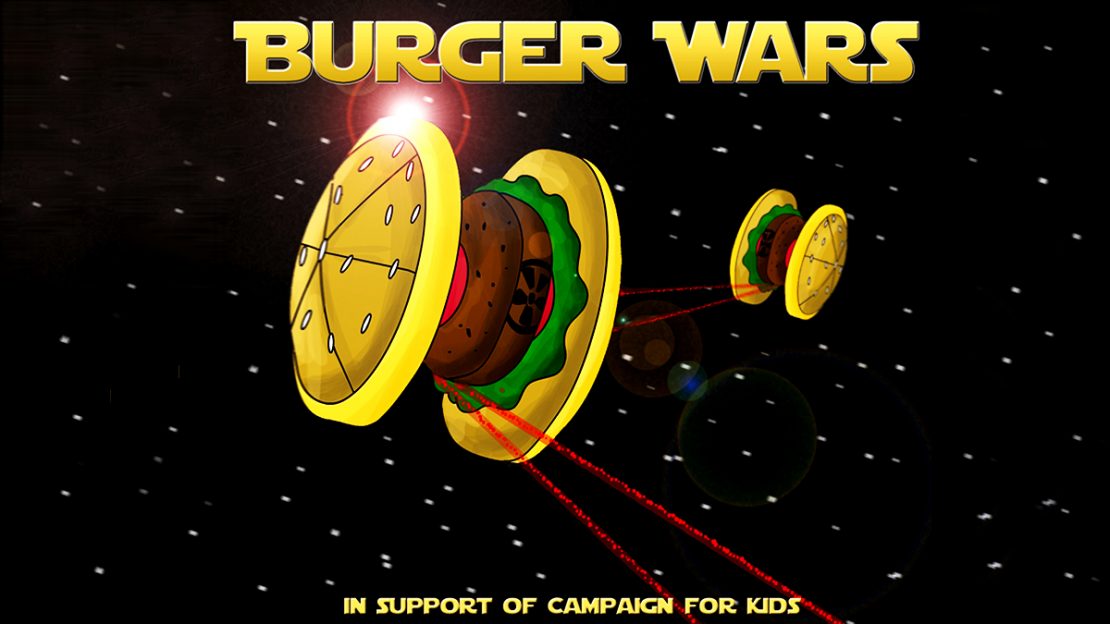DARK PR: McDonald’s vs. Burger King
Public relations stands to signify the way a person or an organization deals with other people (the public).In this manner, people relate to you and to your organization through you. Negative public relations, also known as Dark PR, is a process of destroying a target reputation or corporate identity. It is an attempt by an organization or individual to discredit their competitor, and in turn gain a more favourable light within the public eye.
A very popular example could be the famous ‘Burger Wars’, a long-lasting rivalry consisting of a series of comparative advertising campaigns that were aimed at each other, as seen by the mutual intense advertisement rivalry between McDonald’s and Burger King. Their decades of rivalry are famously known all over the United States, France, Canada and many other countries belonging to the West, as they blatantly attack each other through advertisements to increase their market share in the general public.
For example, an early advertisement by McDonald’s involved a large truck carrying a very large directional billboard in the middle of nowhere, referencing that the next Burger King is 258 kms away, with a long list of directions with which one would have to follow to get there. On the other hand, the McDonald’s board in comparison is much smaller in size, and states that the next outlet is only 5 kms away, making a statement that McDonald’s is the “King of Drive-thrus.” In such a manner, McDonald’s as a brand, created an image of supremacy and superiority, offering to their customers the perception that McDonald’s have a further reach, and a better one at that. By setting their position in the market through a lens where Burger King comes in second at everything, McDonald’s establishes itself higher in the market, while simultaneously creating a negative perception of its rival competitor.
Another extremely blatant attack that caught public attention due to its comical factor, is Ronald McDonald, the mascot of the McDonald’s franchise, portrayed as walking in to Burger King to get his “Regular” meal of the day. The advertisement ends with the service provider behind the counter greeting him farewell with an “I’ll see you tomorrow Ron.”
Burger King has been doing considerably well in recent times,and became an adequate competitor with McDonald’s as it recently announced its better-than-expected quarterly results, with net profit rising to $395 million, or $1.59 a share, – a massive jump up from $118.4 million, or 50 cents a share, reported in the same period last year and according to the fast food chain – largely down to cost reductions, but major early contributions could also have been attributed to its Dark PR tactics.
Their tactics didn’t end there though, as both brands continued to endorse themselves by avidly trying to discredit their rival competitor. Aside from the Cola Wars, the Burger Wars contributed to being one of the best examples for Dark PR in the advertising world due to the fact that not only are these two fast-food chains recognized throughout several parts of the world, but also because, both, not-so-subtly displayed competitive contempt at the other while supporting their own, creating negative impressions of their competitors and subsequent positive perceptions for themselves, reaping from the sows of negative public relations.

